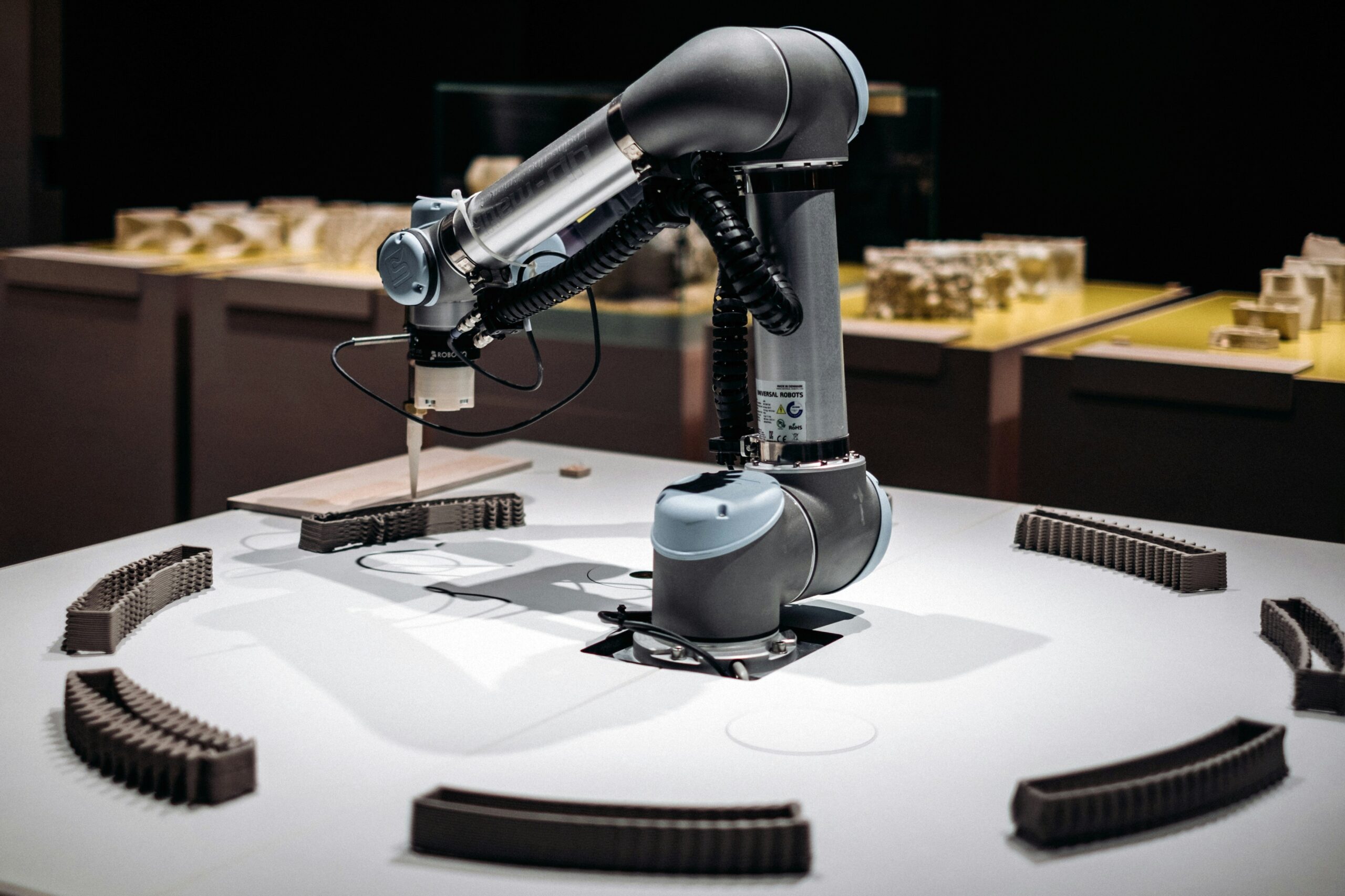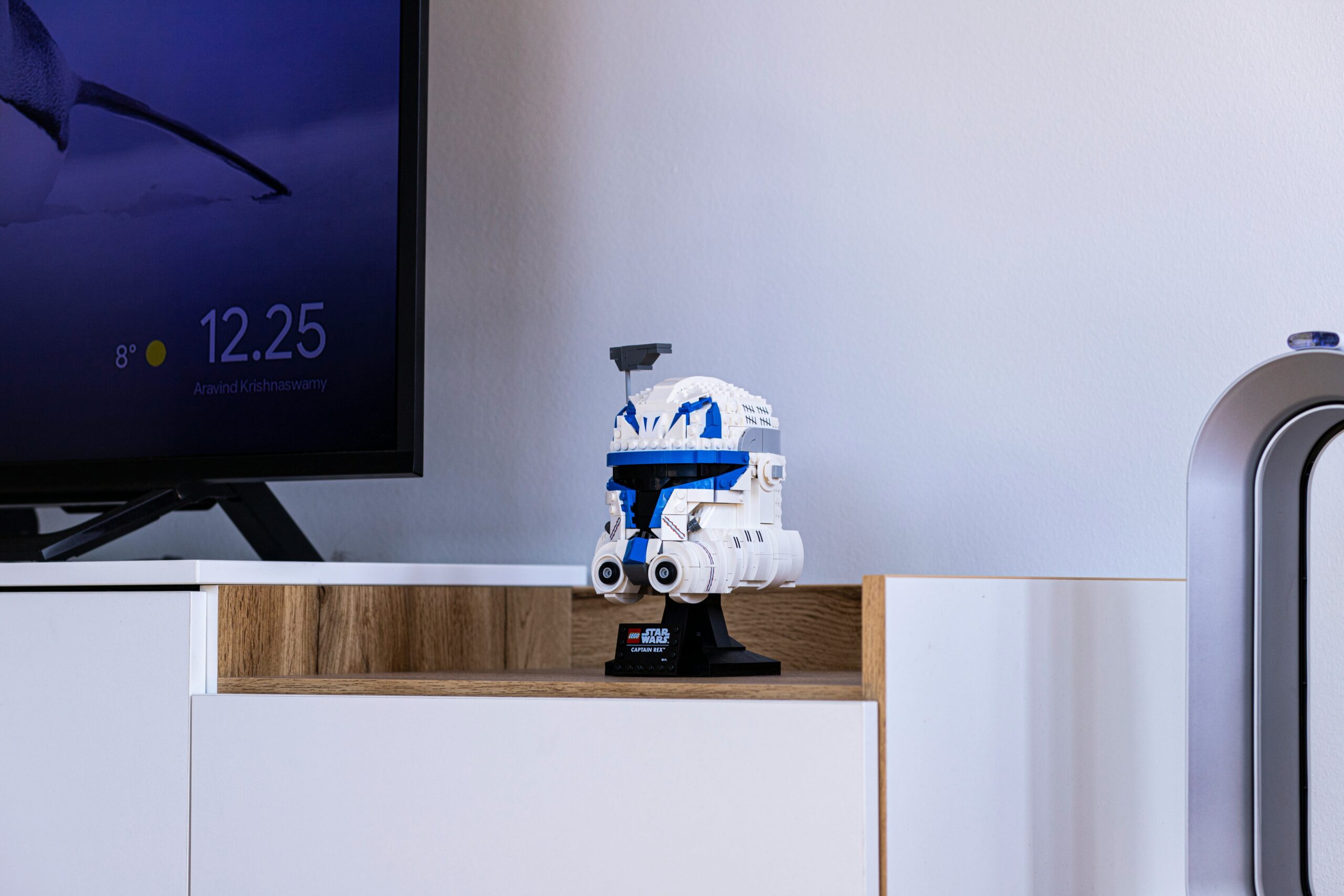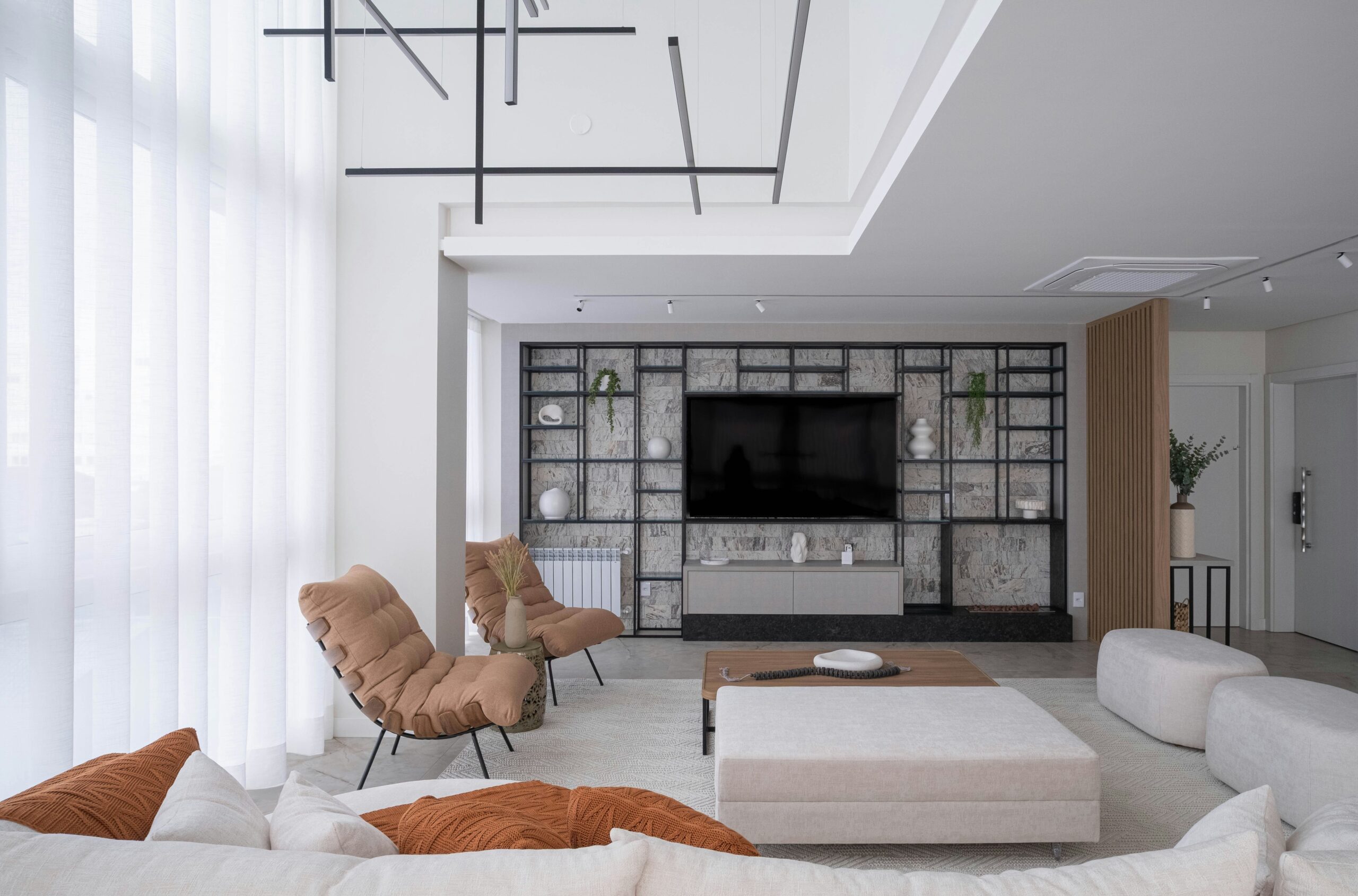Have you ever walked into a room and wished your couch could tell you where you left your phone? Or imagined your coffee table dimming the lights for movie night with just a voice command? No? Well, buckle up—because smart furniture automation is making these fantasies a reality (and it’s about time).
In this blog post, we’ll explore how smart furniture automation is revolutionizing home living. From solving everyday annoyances to integrating seamlessly into your tech ecosystem, you’ll learn everything from what it is to how to pick the right pieces for your space. Let’s dive in!
Table of Contents
- The Problem with Traditional Furniture
- How to Set Up Smart Furniture Automation
- Best Practices for Smart Furniture Buyers
- Real-World Examples of Smart Furniture in Action
- FAQs About Smart Furniture Automation
Key Takeaways
- Smart furniture automation blends technology with everyday items, enhancing convenience and functionality.
- Choosing the right smart furniture involves understanding compatibility, features, and long-term utility.
- Real-world applications show significant lifestyle improvements through seamless integrations like voice control and IoT connectivity.
- Not all smart furniture is created equal—some “smart” designs are total gimmicks, so buyer beware.
The Problem with Traditional Furniture: It’s Dumber Than a Rock
Let me paint you a picture: I once tried to set up my new TV stand, only to realize there was no cable management system. Zero. Nada. So now, every time someone moves an HDMI cord, they risk bringing down the entertainment center like a Jenga tower. And don’t even get me started on trying to find outlets behind bulky dressers.
“Optimist You:” *’But that’s why we have surge protectors and extension cords!’*
“Grumpy Me:” *’Yeah, sure—if you enjoy tripping over wires or having power strips look like spaghetti sculptures.’*
This is where smart furniture automation comes in clutch. Imagine furniture that doesn’t just sit there but actively helps streamline your life. For instance:
- A desk that adjusts its height based on posture sensors.
- A bedframe that monitors sleep patterns and adjusts firmness accordingly.
- A chair that syncs with Alexa to play your favorite podcast.

Figure 1: How traditional furniture compares to modern smart equivalents.
How to Set Up Smart Furniture Automation (Without Losing Your Mind)
- Assess Your Needs: Are you tired of fumbling around for chargers? Do you want more ergonomic workspace options? Identifying pain points will guide your purchase decisions.
- Check Compatibility: Ensure the piece integrates with existing systems like Google Home, Apple HomeKit, or Amazon Alexa. Trust me, incompatible gadgets are worse than useless; they’re decorative paperweights.
- Install Strategically: Placement matters. Don’t put a smart nightstand too far away to connect reliably to Wi-Fi. Likewise, avoid overcrowding electrical outlets if your furniture already has built-in charging ports.
- Experiment: Once everything’s connected, test out different automations. Maybe program your recliner to turn on ambient lighting when you sit down. Sounds chef’s kiss, right?
Best Practices for Smart Furniture Buyers (Including One Terrible Tip)
Here’s the deal: Not every “smart” label guarantees intelligence. Some companies slap Bluetooth speakers into tables and call it innovation. Ugh. Avoid falling for gimmicks by following these best practices:
- Prioritize Functionality Over Gimmicks: If the feature doesn’t add real value, skip it.
- Read Reviews Carefully: Real users often expose flaws marketers won’t mention.
- Stay Within Budget: Smart furniture can be pricey. Don’t overspend on trends unless you’re absolutely sure it’ll enhance your life.
- Terrible Tip Alert: Someone might tell you, “Just buy whatever looks cool.” Don’t. Ever.
Real-World Examples of Smart Furniture in Action
Still skeptical? Allow me to drop some bombshell case studies:
- Ori Systems: This company creates robotic furniture that transforms small spaces. Their Murphy beds come equipped with hidden desks, shelves, and storage units—all operated via app or voice commands.
- Duux Edge Desk: With adjustable height settings, wireless charging pads, and touch-sensitive controls, this desk redefines productivity without sacrificing aesthetics.
- Sleep Number Beds: These aren’t just mattresses—they track sleep data, adjust firmness levels dynamically, and even warm your feet. Yes, please.

Figure 2: Ori Systems’ innovative bed-to-desk transformation.
FAQs About Smart Furniture Automation
- Q: Is smart furniture expensive?
- A: While initial costs can be higher, many pieces offer long-term savings thanks to energy efficiency and multipurpose design.
- Q: Can smart furniture work offline?
- A: Some basic functions may operate offline, but advanced features usually require internet connectivity.
- Q: Will smart furniture become obsolete quickly?
- A: Reputable brands ensure backward compatibility with future updates, minimizing obsolescence risks.
Conclusion
Smart furniture automation isn’t just another buzzword—it’s a game-changer for anyone seeking smarter, more efficient living spaces. By addressing real-world issues and offering unparalleled convenience, this technology proves itself invaluable.
So whether you’re dreaming of self-adjusting desks or snooze-worthy smart beds, remember: The future lies not in gadgets alone but in how seamlessly they integrate into our lives.
Like a Tamagotchi, your SEO needs daily care—but smart furniture? That’s forever.


